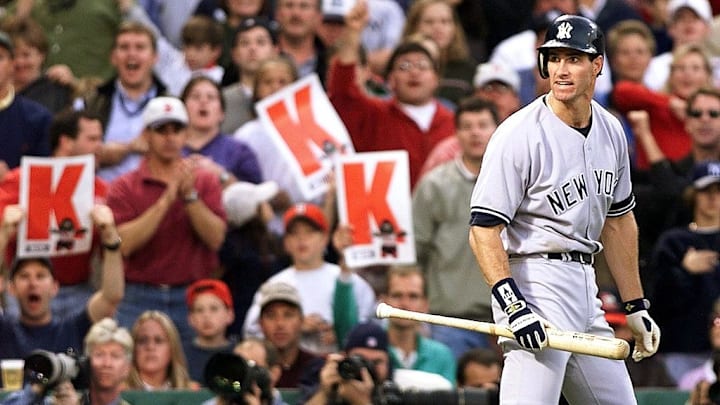When it comes to baseball, the use of the letter K to represent a strikeout is one of the most elegant and concise practices in the sport—especially for headline writers. It should come as no surprise, then, that the originator of the abbreviation was the forefather of the modern sportswriter, Henry Chadwick.
The British-born, Brooklyn-based writer for the Long Island Star and The New York Clipper in the mid-19th century is credited with the invention of the box score, one of his many contributions to the game that earned him posthumous election into the Hall of Fame.
Baseball in America developed before television, radio, or even widespread photography, which made newspaper reports of the game crucial to the spread of the sport’s popularity. Chadwick wasn’t the first person to record the runs scored per inning, but Baseball Magazine declared one of his 1859 game summaries as “The First Baseball Box Score Ever Published,” and he became known as the founder of the modern scoring system.
Many of the shorthands he developed over the following decades are still part of the modern baseball lexicon, including the K. Although these days score cards use lines to indicate base hits, Chadwick used an HR for home run, a D for double, and so on.
As for making an out at the plate, Chadwick needed an abbreviation for what was known at the time as having “struck three times.” He is usually credited with coining the term strike-out. In terms of the box office, though, he went with K because the letter S was already taken. But also because he often used the phrase, the batter was struck, and the last letter in struck is the letter K. Beyond that, a backwards letter K has taken on other connotations in the world of baseball. Fans also recognize it as a way of indicating that a batter struck out without taking a swing with the third strike.
The MLB officially credits Chadwick with popularizing its usage, which may account for why he was inducted into the National Baseball Hall of Fame in 1938, and why he was the only journalist in it for decades.
Have you got a Big Question you'd like us to answer? If so, let us know by emailing us atbigquestions@mentalfloss.com.
Read More Big Questions Below:
A version of this article was originally published in 2016 and has been updated for 2025.
